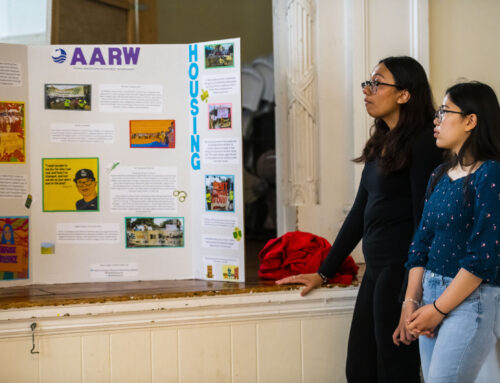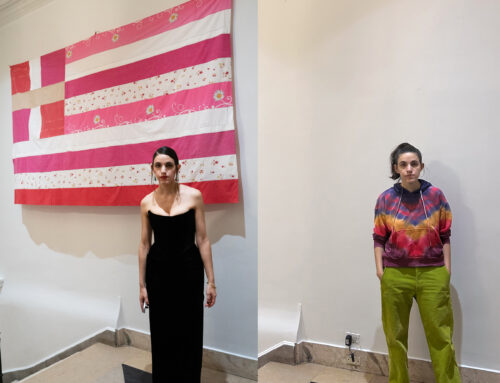“When all is said and done, you’ll believe God is a woman”. Yes, we all recognise the well known Ariana Grande lyrics from her song “God is a woman.” However, what most people don’t know is that the idea of a female Christian God is a recognised theological argument. Though Ariana’s song was released in 2018, she opens the conversation up to a topic that has been around for centuries: what gender is God? Although feminist theologians have always debated what the gender of the Christian God is, many are saying that God should transcend gender in this day and age. This debate even appears in pop culture such as the Netflix show “One Day at a Time” where Elena Alvarez says “Can we agree that if there is a God, it’s gender-neutral, not a he or a she?”.
Feminist theology looks at the experience of women in theology, religious history and religious communities. Specifically, feminist theologians analyze androcentrism, which is emphasizing or adopting a masculine point of view, within Christianity. A prime example of this is found in the Ten Commandments, a set of biblical principles relating to ethics and worship, where it’s stated: “Thou shalt not covet your neighbour’s house, nor his possessions, nor his animals, nor his wife”. By looking into the language and symbolism of Christianity since the 1970s, feminist theologians have been making people aware that the androcentric language and symbolism used in religion have an extreme effect on how people see and understand the world. Theologian Rosemary Radford Ruther claims that androcentrism in the Bible has created the association that a male God created humans and saved humans, therefore men end up seeming closer to God than women. Because God has been gendered male, the language and symbolism surrounding “him” shapes the perception of males and females and the power structures between them.
Another prominent theologian, Mary Daly, claims that God is traditionally viewed as a changeless, static being, a creator and a ruler. Whereas, God later developed through a patriarchal lens, became transformed from a static being to the idea of God as a white-bearded man in the sky. Daly says that the latter type of God must be “dethroned.”
Feminist theologians argue that the idea of God as a man stems from a dualistic understanding of the world, meaning that the perception of the world has been divided into opposing ideas about good and evil. Originating from the Adam and Eve storyline, classical dualism was such a prevalent idea that saw male as good and female as evil, causing God to be inevitably associated with men and resulted in the early Church Fathers spreading misogynistic ideas. St Clement of Alexandria said “The female sex is death’s deaconess and is especially dishonoured of God” and St Jerome said, “Woman is a temple built over a sewer.”
While the masculine perception of God has dominated most Christian societies, feminist theologians have claimed that female symbolism for the Sacred isn’t uncommon and was widespread in many early civilisations. There is archaeological evidence of hundreds of female figures from the beginning of human civilization. Ones that have been found include a female figure found in an ancient Turkish city of Catal Huyuk which dates back to 7,500 BCE and the Goddess of Willendorf and dates from 25,000 BCE.
Sally McFague is a well-known eco-feminist theologian who argues that God is a woman through analyzing the maternal images of God giving birth, nursing, comforting and caring for humanity. She says that the trinity is the Mother, Lover and Friend. The Mother is the type of love God has for the world, the Lover is how God’s love works in the world and Friend is how humans should interact in the world.
A lot of contempoary feminist theologians argue that we need to start referring to God using female pronouns to normalise the idea of a female God and try to move away from the patriarchal idea that has such a firm grasp on religion and society. From now on, all feminist theologians want to be hearing is “Oh My Goddess.”



